Eating outside the home is a habit, a sort of entertainment that is not confined to the rich and the fashionable in Pakistan. The bazaars of every city, town and village are littered with handcarts selling all kind of eatables, some really good and healthy, and others potential carriers of Hepatitis because of the "recycled" water used for washing dirty plates.
Old timers recall the past days when the prevailing standards of hygiene were not any better but people had not yet taken to plates and spoons for roadside indulgence in chaat and other delicacies. Paradoxically, the fashion has proved to be the carrier of all sorts of germs and bacteria with the plates and spoon being "washed" in a bucketful of water that is only filled once in the morning.
In the old days -- and when they say old days they mean to less than 50 years ago, or even more -- all eatables sold form wayside handcarts, including the desi kulfi were served on large leaves of the peepul tree which had neither to be washed nor disinfected and were simply thrown away after use. Smaller leaves of some trees served as spoons. Whatever you may think about eating out of a tree-leaf, it was at least hygienically safe.
These itinerant "restaurants" and eating places are patronised by two kinds of customers, but nobody has conducted research into the type of people they cater to in order to find out which of the two constitute the majority. Originally they were meant for construction and other workers and labourers who couldn't go for their midday meal to a place which they could call home. They were followed by hordes of schoolboys bent on spending their daily pocket allowance on spicy eatables and desi ice-cream during recess.
But now, even without the research, it can be safely asserted that the majority of their customers are people, mostly families, who are out shopping or just roaming around, who want to gratify their taste buds by eating something odd, something quite different from mother's cooking or the efforts of their servant-cooks serving the inevitable aloo-gosht and daal day in and day out.
It is this custom of eating out which has now been standardised and regulated into concentrated centres of all kinds of delectable delicacies called "food streets." These food streets became a craze after the conversion of Lahore's Gowalmandi Bazaar into the first food street of its kind by that enterprising officer of the Punjab Government, Kamran Lashari, and now Chairman of the Capital Development Authority in Islamabad.
The philosophy behind the food street (which has been described by some raving admirers as a stroke of genius) was actually very simple. Lashari had seen that people roamed the bazaars of Lahore looking for special food; for example going into the old city to have the best seekh kababs, or visit an out-of-the-way chowk for the kheer that you couldn't get elsewhere, or have to go to the bazaar of evil repute under the wall of Royal Fort for the truly delicious cows' or goats' trotters and brain. So he put them-- all together in the nearest centre of eating out -- the Gowalmandi Chowk. That way the venture can certainly be called a stroke of genius.
What happened after that is now an old story. No visitor who came to Lahore, whether for business or to see friends and relations, even from nearby Sheikhupura, went back without spending an evening in food street which gave a new identity to Punjab's capital. It didn't take long for other cities, even Karachi and Islamabad, to follow suit and now, of course, these food streets have become tourist spots and even excited the imagination of foreign newspaper writers. Visitors from across the border for the recent Indo-Pakistan cricket series went mad over Lahore's food street.
One must acknowledge that the habit of eating out is universal and is followed all over the world. However, in the highly developed West and in Japan and China it is confined to restaurants and eating places that have made a name for themselves for one or other delicacy. The food street, in the form it has originated in Pakistan, is an entirely new phenomenon. One cannot say about other parts of the world, but enterprising people in New Delhi and other big cities are already reported to be planning ventures on the same lines.
BR100
16,405
Increased By
92.5 (0.57%)
BR30
52,938
Increased By
579.1 (1.11%)
KSE100
158,781
Increased By
743.5 (0.47%)
KSE30
48,500
Increased By
249 (0.52%)





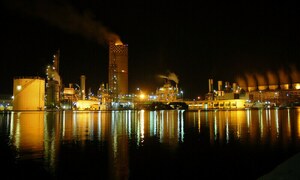
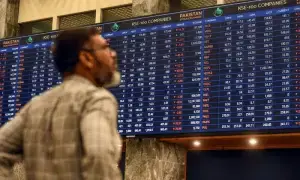
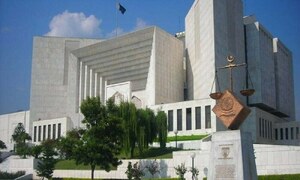






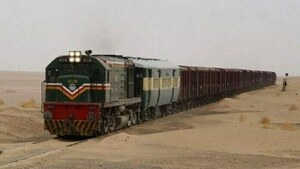





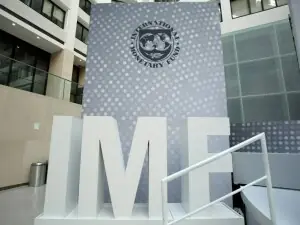
Comments
Comments are closed.